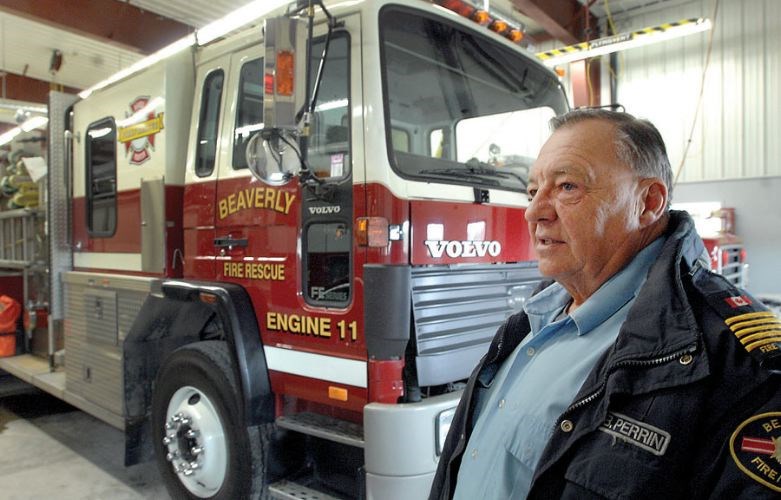Some are doing better than others, but all of the area's volunteer fire departments are welcoming more recruits, says Fraser-Fort George Regional District fire services co-ordinator Melanie Perrin.
The smaller communities, notably Hixon and Bear Lake, tend to face the most adversity.
"There will be a few departments that are always hovering around the bare minimum which jeopardizes their ability to respond in a timely and efficient manner," Perrin said Tuesday.
"One of the worst times for a pager to go off would be 11 a.m. on a Wednesday morning when typically the majority of people are at their workplace, so having more people available gives a better chance for people to be around to attend the callout."
Perhaps the biggest benefit is that the taxes rural residents pay to support their respective fire halls are lower than the increase they would pay in premiums for house insurance.
But there are other reasons to join.
"There's a lot of camaraderie and team building that's part of being something within your own community," Perrin said. "When new people have moved to a community, we've had a few join the fire department and that's how they meet people."
The medical training volunteers receive can come in handy even when they're not at the scene of a fire or highway mishap.
"We do training so often that it's not like you do a CPR course and never talk about it again for two years and then an incident happens," Perrin said. "So the ability to respond to an incident even within your own family creates a lot of comfort."
Volunteers trained to the appropriate level can enter structures that are on fire. And Beaverly and Pineview provide highway rescue using the jaws of life while all provide medical assistance and victim stabilization at motor vehicle incident scenes.
"We're lucky to have all of these volunteers that are staffing the services...there are areas of the province that do not have highway rescue or fire protection," Perrin said.
The minimum commitment is to attend at least 60 hours of training each year. Training sessions are typically held once a week and last two to two-and-a-half hours. Equipment and training come at no cost to the volunteers.
The pay is minimal. There are small honorariums for the chiefs and deputy chiefs and training officers and some offer a small hourly rate for call outs.
The federal government offers a tax credit on $3,000 of income for those who have devoted at least 200 hours a year between training, attending calls and participating in fire prevention campaigns, which works out to $400-$450 a year on income tax.
Perrin has not noticed an increase in volunteers since the tax credit was introduced but said it has worked well as a "recognition tool."
To volunteer, Perrin recommends simply showing up at a training night.



